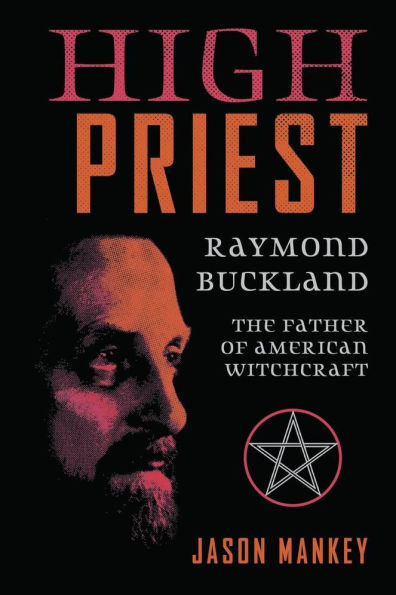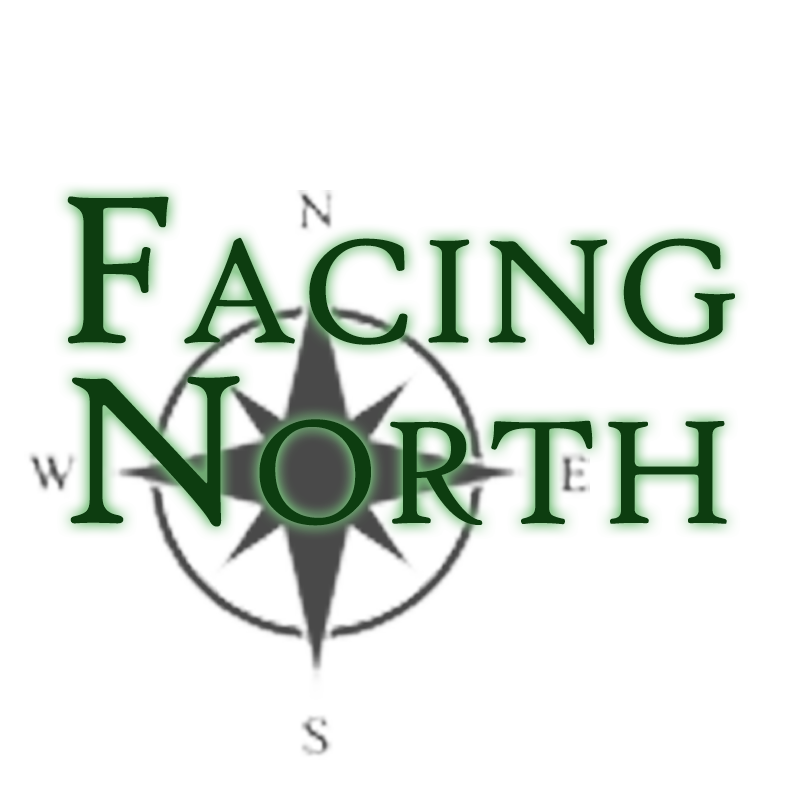This biography of Raymond Buckland by Jason Mankey is long overdue. Much to my relief, although Mankey has obvious affection for his subject, it’s a serious work, well-researched, not a hagiography but a balanced and thorough biography of probably the most important single figure in the North American Witchcraft / Wiccan movement.
Mankey had access to the Buckland Museum’s collection of Buckland’s correspondence, his published writings as well as his unpublished memoir. He also interviewed people who had known Buckland and viewed numerous television interviews and appearances, and newspaper reports of him – Buckland was a prominent and public Witch for many years and there were a great set of documents to use.
Mankey begins with Buckland’s early life, family and the start of his interest in Spiritualism and the occult, his emigration from England to the United States, his interest in Wicca after reading Gardner’s books, his initiation. He examines the previous witchcraft and folk magic practitioners in North America and concludes that it is very likely that the New York Coven founded by Buckland with his first wife Rosemary in 1964 was the first Gardnerian coven in North America, and that virtually all the Wiccan groups here (and a substantial fraction of neo-Paganism in general) descends from that coven.
Mankey walks through the various phases of Buckland’s writing and teaching from founding the first coven, spinning off daughter groups (both authorized and through inspiration), going public in 1966 and the establishment of the Buckland Museum, the emergence of Outer Court Wicca and his evolution away from Gardnerian Wicca with “The Tree” (his book inventing ‘Saxon Witchcraft’ in 1974) and then later “Buckland’s Complete Book of Witchcraft” (aka ‘Uncle Bucky’s Big Blue Book’) and his correspondence course in Wicca, his later writing on Spiritualism, Romani and Scottish witchcraft.
He deals honestly, although not in great detail and with charity toward all, with Buckland’s various differences of opinion and feuds with other public or semi-public Witches like Sybil Leek, Judy and Tom Kneitel (who took over the New York Coven after the Bucklands divorced), Ed Fitch (principal developer of Outer Court materials), Lay Sheba (Jessie Bell – who published the Gardnerian Book of Shadows), and others.
Mankey’s book is a very good portrait of the man and situates him very well in his time, discussing frankly, for example, the homophobia in early Wicca and how changing attitudes featured in some of the community politics and ‘Witchwars’ and Buckland’s evolution toward acceptance of gay Witches. I also found the discussion of the ferment in the first public phase of Wicca and Witchcraft in the United States quite interesting, with the fuss over gay Witches, the various ‘Witch Queens’ with dubious credentials like Lady Sheba and Mary Nesnick, the writing of Hans Holzer, and other bits of Pagan community history from the 1970s that are little known today. He illuminates when and where some ideas came into Wicca – the ‘three-fold law’ for one, ‘year-and-a-day’ requirement before Initiation. There are many interesting nuggets of history here and each of the nine chapters has an exercise drawn from Buckland’s work to give the flavour of the books he was writing at the time dealt with in the chapter.
Our Elders are dying and in many cases without their stories being told. If our religious movement is to understand itself and its roots and real history, work such as this is vitally important. High Priest is a treat to read, and I am very pleased to be able to review it and recommend it highly.
~ review by Samuel Wagar
Author: Jason Mankey
Llewellyn Worldwide, 2025
364 pg. Softcover £19 / $35 Can / $23 US

